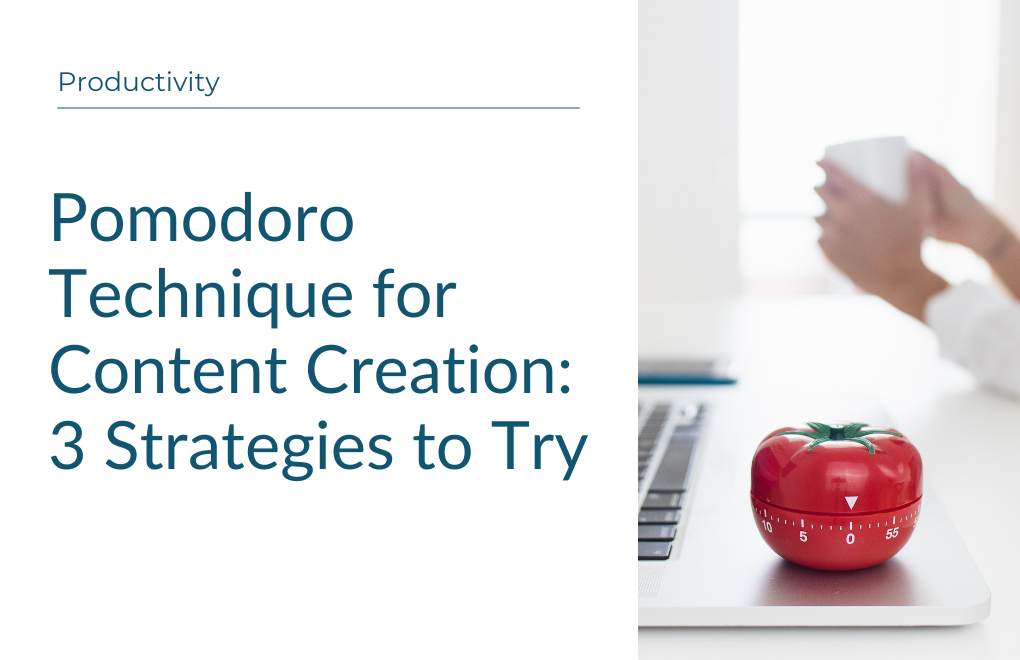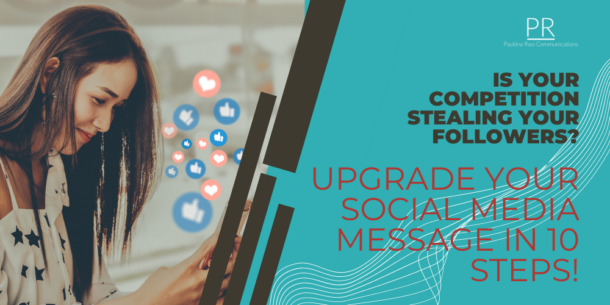The Pomodoro technique is the saviour of procrastinators and anyone too busy to wait for inspiration. But are you using it wrong?
We all know how frustrating it can be: to sit in front of your laptop, trying to get that LinkedIn post, blog article or email to take shape, knowing that the clock is ticking, but being unable to get decent words, let alone phrases on the screen.
Counterintuitive as it may be, have you tried to put an actual ticking clock next to you?
That is what inspired the birth of the Pomodoro technique in the late 1980s, when then-university-student, German-Italian Francesco Cirillo, came up with the idea for the Pomodoro technique.
Later, he turned his simple idea into a bestselling book, “The Pomodoro Technique”. The idea was immediately adopted by knowledge workers, creatives and entrepreneurs, but still, it keeps dividing opinions.
Some claim it saves them from procrastination and is the only way to get anything done (I, for one, rarely go through my day without at least one or two Pomodoro cycles), while others report recurring failures.
If the technique isn’t working for you, have you tried different variations of the same principle? Here are three ways to use the technique in content creation.
Shorten the Cycle: 15-minute working sessions
The classic version of the Pomodoro model entails 25-minute focused sessions combined with 5-minute breaks. For some tasks, however, 25 minutes might be too much. It can also be a long session for those suffering from severe cases of procrastination.
If you’ve tried and failed with the Pomodoro (which comes from the Italian word for tomato, as Cirillo was testing his invention using a tomato-shaped kitchen clock), try again using 15-minute work cycles followed by 3-5 minute breaks.
A 15-minute focused session is perfect for:
- Brainstorming for content and campaign ideas. If you want to brainstorm longer, stack on 2-4 cycles and change the brainstorming method or theme for each of them to keep your ideas fresh.
- Beginners who are trying to get used to the method. If you find 25-minute sessions intimidating, test the system with shorter intervals and extend the duration of sessions over time.
- Administrative work and things that tend to take longer than you expected. Shorter sessions are great when you want to cap the time spent on certain activities, such as emptying the inbox when answering social media comments.
- Moments when you don’t feel like working. When procrastination is at its worst, even 25 minutes can feel like an eternity. Set the timer to 15 minutes to get your flow on! Even on the most unconcentrated of days, you can surely focus for 15 minutes, can’t you?
Read more: Is flow avoiding you? Invite it in with this simple recipe!
The Classic Pomodoro Technique: 25+5 minutes
According to Francesco Cirillo, who tested different working sessions from two minutes to a full hour, the magical 25+5 minute mix yields the most productive results.
I can attest to its efficacy, and I’ve even designed my own Content Circle around this combination (even though we struggle to keep the pauses to 5 minutes, as there is always so much to talk about!)
The 25-minute working session is good for almost any task. Try these, for example:
A 25-minute focused session is perfect for:
- Content writing & creation. In 25 minutes, you can create a rough first draft of a blog post, put together one or two social media posts or create a pile of visuals.
- Planning & scheduling. This classic Pomodoro cycle is also perfect for content planning and scheduling. Just enough time to sort out one or two weeks of social media or an email that was only waiting for finishing touches.
- Collaborative working sessions. The Pomodoro technique can be used for teamwork, too. Capping the time on a certain task or theme improves productivity and helps everyone stay focused on the task at hand.
- Focused work after you’ve found your flow. If you start with shorter, 15-minute sessions, to beat stubborn procrastination, try to move towards 25 minutes after a while. Chances are your focus has improved and you can concentrate for longer periods of time.
Long Working Sessions: 40 minutes of Deep Work
Does the ring of the bell at the end of the working session always come as a surprise, just when you feel you’re finding your groove?
For some tasks, 25 minutes isn’t enough – and in those situations, you might want to try longer, 40-minute working sessions. After all, it can take time to find the flow and concentration, and it would be a shame to take a break right when you’re getting started, wouldn’t it?
A 40-minute focused session is perfect for:
- Long-form writing. Longer sessions are great for writing articles, doing background research and creating content that can’t be put together in 15-25 minutes.
- Deep work. Any other form of deep work deserves longer sessions as well: strategic planning, client work, proposal writing…
- Those who take time in finding their concentration. If you always feel like you have just found your rhythm when the timer goes off, explore extending the sessions.
- Exploring new content formats and styles. Learning new things takes time! When you’re acquiring video editing skills or creating a new Canva template for a lead magnet, be easy on yourself and allow for enough time to ease into the process.
Succeed with the Pomodoro Technique
When exploring any productivity technique, I find it primordial to find your own way to apply them. The father of the method has built a whole empire around his simple time management system, offering books, courses, calendars and consulting.
I want to leave you with these five pieces of advice to help you succeed and create better content with more ease:
- Try different combinations to find out what works for you. Explore the durations of both working sessions and pauses to find your magical mixture.
- Take a longer break after a few sessions. I take a proper break after two long sessions (40 minutes), three medium sessions (25 minutes) or four short ones (15 minutes).
- Plan each working session. Set goals (even approximate) and have all the materials at hand so that you can use the working time for working.
- Keep the pauses concise. The pause is there for stretching your legs and neck, to top up your water, but not for folding laundry, taking out the garbage or other tasks that will derail your focus.
- Work together with others, either in the same space or virtually. Good-natured peer pressure makes it easier to stick to the timeline, and sharing your goals and progress creates positive momentum.
Content Circle welcomes you to a virtual co-working session on the second Tuesday of each month! Sign up below for the invitation!







Recent Comments